POLITICAL FREUD
Political Freud
A HISTORY
Eli Zaretsky
Columbia University Press

New York
Columbia University Press
Publishers Since 1893
New York Chichester, West Sussex
cup.columbia.edu
Copyright 2015 Columbia University Press
All rights reserved
E-ISBN 978-0-231-54014-8
Library of Congress Cataloging-in-Publication Data
Zaretsky, Eli, author.
Political Freud: a history / Eli Zaretsky.
p. ; cm.
Includes bibliographical references and index.
ISBN 978-0-231-17244-8 (cloth: alk. paper) ISBN 978-0-231-54014-8 (e-book)
I. Title.
[DNLM: 1. Freudian Theoryhistory. 2. History, 20th century. 3. Politics. 4. Psychoanalysishistory. 5. Psychoanalytic Theory. WM 460.5.F9]
616.8917dc23
2015007307
A Columbia University Press E-book.
CUP would be pleased to hear about your reading experience with this e-book at .
Jacket design by Philip Pascuzzo
References to Web sites (URLs) were accurate at the time of writing. Neither the author nor Columbia University Press is responsible for URLs that may have expired or changed since the manuscript was prepared.
For Natasha Zaretsky
My Beloved Daughter
In 1953 I turned to a deep study of Freud feeling the need to reappraise the nature and destiny of man. Inheriting from the Protestant tradition a conscience, which insisted that intellectual work should be directed toward the relief of mans estate, I, like many of my generation, lived through the superannuation of the political categories which informed liberal thought and action in the 1930s. Those of us who are temperamentally incapable of embracing the politics of sin, cynicism and despair have been compelled to re-examine the classic assumptions about the nature of politics and about the political character of human nature.
NORMAN O. BROWN, LIFE AGAINST DEATH
CONTENTS
As always, my greatest debt is to Nancy Fraser who shaped every idea in this book, and even many sentences. I received especially valuable readings at crucial times from John Judis, a dear friend who has helped me with many labors besides this one, and Philip Leventhal, a wonderful editor. Leonard Helfgott, Elliot Jurist, Jeremy Safran, Richard Bernstein, and Donald Pease read early versions of the book, or parts of it, and made extremely helpful comments. The chapters were written separately and later revised. Early versions of the chapters include Psychoanalysis and the Spirit of Capitalism, Constellations 15, no. 3 (2008): 36681; Beyond the Blues: Richard Wright, Psychoanalysis and the Modern Idea of Culture, in Joy Damousi and Mariano Plotkin, The Transnational Unconscious (New York: Oxford University Press, 2007); The Place of Psychoanalysis in the History of the Jews, Psychoanalysis and History 8, no. 2 (2006); Psychoanalysis, Vulnerability and War, in Adrienne Harris, ed., First Do No Harm (New York: Routledge, 2010); and Psychoanalysis, Authoritarianism and the 1960s, in Joy Damousi and Mariano Plotkin, Psychoanalysis and Politics: Histories of Psychoanalysis Under Conditions of Restricted Political Freedom (New York: Oxford University Press, 2012).
In 1968, at a convention of Students for a Democratic Society, I spied a pamphlet by Herbert Marcuse on the book table: The Obsolescence of the Freudian Conception of Man. That ideas such as the unconscious and repression could become obsolete shocked me. I remember this today because it encapsulates the two meanings of Political Freud. First, for a New Leftist like myself, Marcuse epitomized the ideas that it was impossible to understand politics without insight into the irrational forces that shaped history and that Freudian thought was incomparably the deepest path we had to such insight. Second, the pamphlets title suggested that Freuds thought was itself historical, depending on the social and cultural conditions that gave rise to it and that could also render it obsolete. In the next few years I watched as Freudian thought did become obsolete, at least in part, and for reasons having nothing to do with its intellectual merits. Its plausibility was undermined through the dynamics of consumer capitalism, the commercial ambition of pharmaceuticals and insurance companies, the openness of the public sphere to any sensational claim, no matter how ill-founded, the politics of gender and sexuality, and the changing meanings of private life.
Years later, having become a historian of psychoanalysis, I concluded that both senses of Political Freudas a way of understanding history and as a product of historywere valid. On the one hand, Freudian thought was integral to many if not all of the great progressive currents of the twentieth century, including the cultural rebellions of the 1920s, African American radicalism, surrealism, Popular Front antifascism, the New Left, radical feminism, and queer theory. Its focus on the psychic bases of societal domination generated some of the landmark political-critical books of the last century, such as Wilhelm Reichs study of the psychofamilial roots of Nazism (Mass Psychology of Fascism, 1933), Frantz Fanons excavation of racialized colonial violence (Black Skin, White Masks, 1952), and Juliet Mitchells rereading of psychoanalysis as a theory of patriarchy or male domination (Psychoanalysis and Feminism, 1974). As these examples suggest, political Freud had an affinity with the left and, at times, with heterodox Marxism. On the other hand, every aspect of psychoanalysis, from the recruitment and training of the profession to the most private recesses of the analytic hour, had been shaped, and often warped, by such powerful political forces as anti-Semitism, racism, sexism, homophobia, and economic self-interest. Even within the privileged space of the consulting room, there was always a tension between free associations, whose center of gravity was depth, and the surface traffic of everyday life.
What surprised me, above all, was the lack of resolution on the part of American psychoanalysts, their almost pathetic inability to defend either themselves or their project.
What made the situation particularly distressing was my understanding, as a historian, that psychoanalysis had had a critical or political side from the first. In Europe, where it was born around 1900, amidst a crumbling feudal past, incipient dictators, and omnipresent threat of violence, that meant it trained its critical side on the father complex. In the 1920s and 1930s, many drew upon Freuds insights into the wish to submit, to idealize father-figures, as well as into the ubiquity of aggression and sadism, to illuminate the fascist preoccupation with a leader or Fuehrer. Later, after Freudianism spread to the United States, others drew on Freuds insights into the loss of the ego in groups, the credulity of an unreflective individualism, and the power of narcissism, to illuminate the mass or consumer society that triumphed after World War II. In both Europe and America, psychoanalysis clarified the weakness or loss of individual autonomy that ran through the new mass societies. Whereas under fascism the threat to autonomy came in the form of submission to masters and father figures, in consumer society it came in the form of the merging of ones identity with a crowd, mass, or market, or through a one-sided retreat into private life and a fashionable contempt for politics. A shared subterranean current of critical thought seemed therefore to unite the European and American strands of Freudianism.



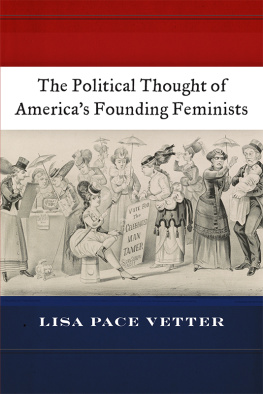
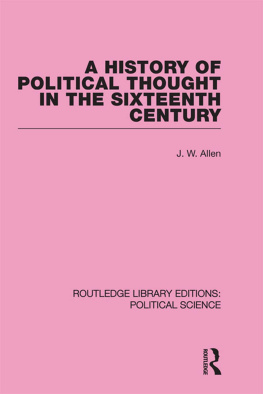
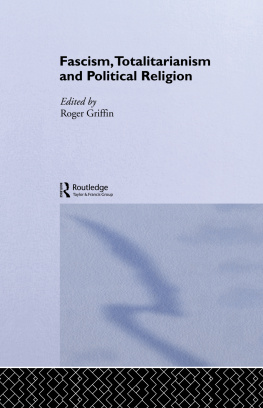

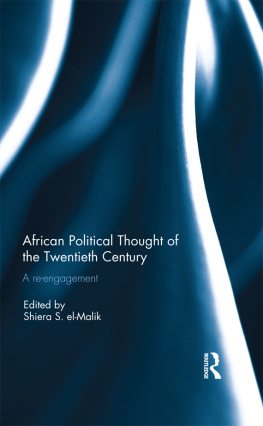
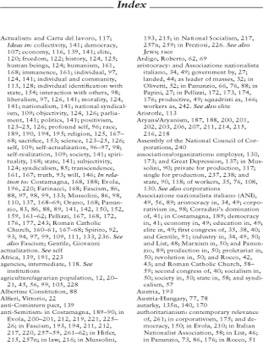

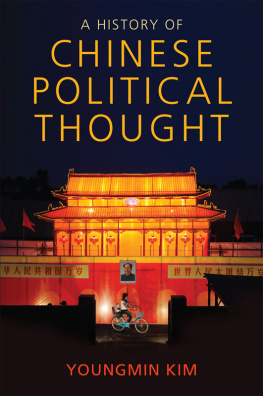
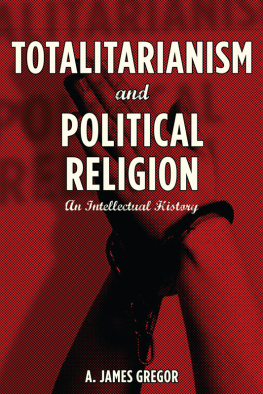
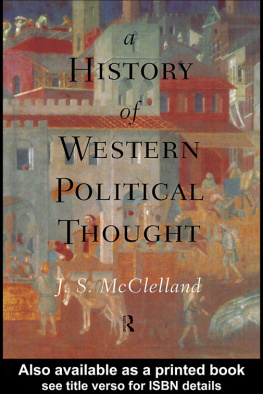
 New York
New York